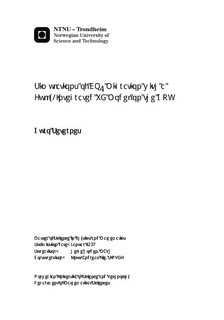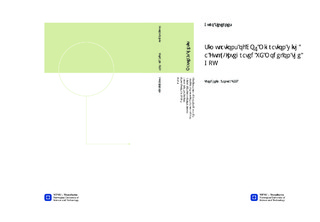| dc.description.abstract | The reduction of carbon dioxide emissions is becoming an increasing global priority and is the subject of many current research projects. One of the possible solutions is geological carbon storage, in which CO2 is captured and injected into geological underground reservoirs for permanent storage. An assessment of the associated CO2 leakage risks is crucial when evaluating potential storage sites. By simulating the movement of CO2 during and in the aftermath of the injection we can determine these risks. In this thesis we present a CO2 migration simulator made for this purpose.
There are often great uncertainties in the available geological data required to make realistic simulations. This means that one has to be able to evaluate multiple scenarios within a relatively short time frame, putting performance requirements on the simulator. Because the temporal and spatial scales in question are very big, the full 3D models commonly applied in the related branch of oil and gas simulators are too computationally demanding. Thus, our simulator is based on a 2D VE model. What sets our simulator apart from other VE-based simulators, is that we include non-linearized CO2 properties. This means that the vertical integrals which constitute the VE model are no longer trivial expressions, they must be "fully-integrated". Through GPU acceleration we implement a simulator that runs just as fast as other CPU-based VE simulators, in spite of the tedious numerical integrations. The benefits of GPU-acceleration are emphasized when simulating on large domains. Moreover we make a comparison study with a VE-based simulator in which the CO2 properties are linearized. The optimization potential and different optimization strategies directed at the GPU implementation of the numerical integrations are also elaborated. | |

